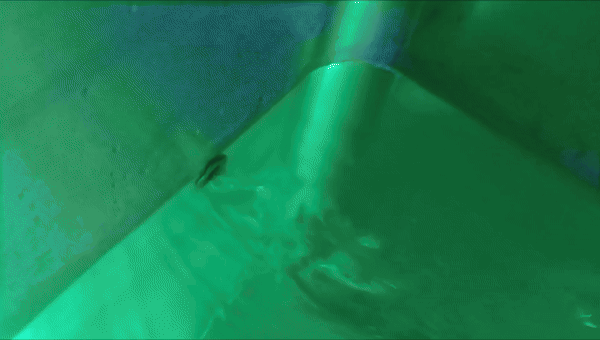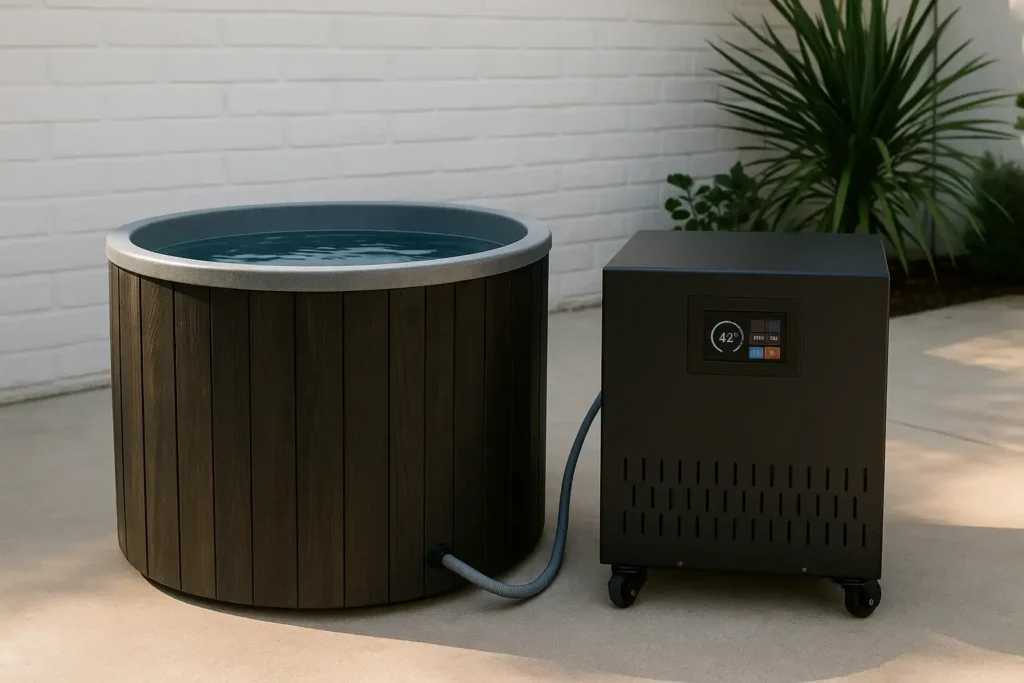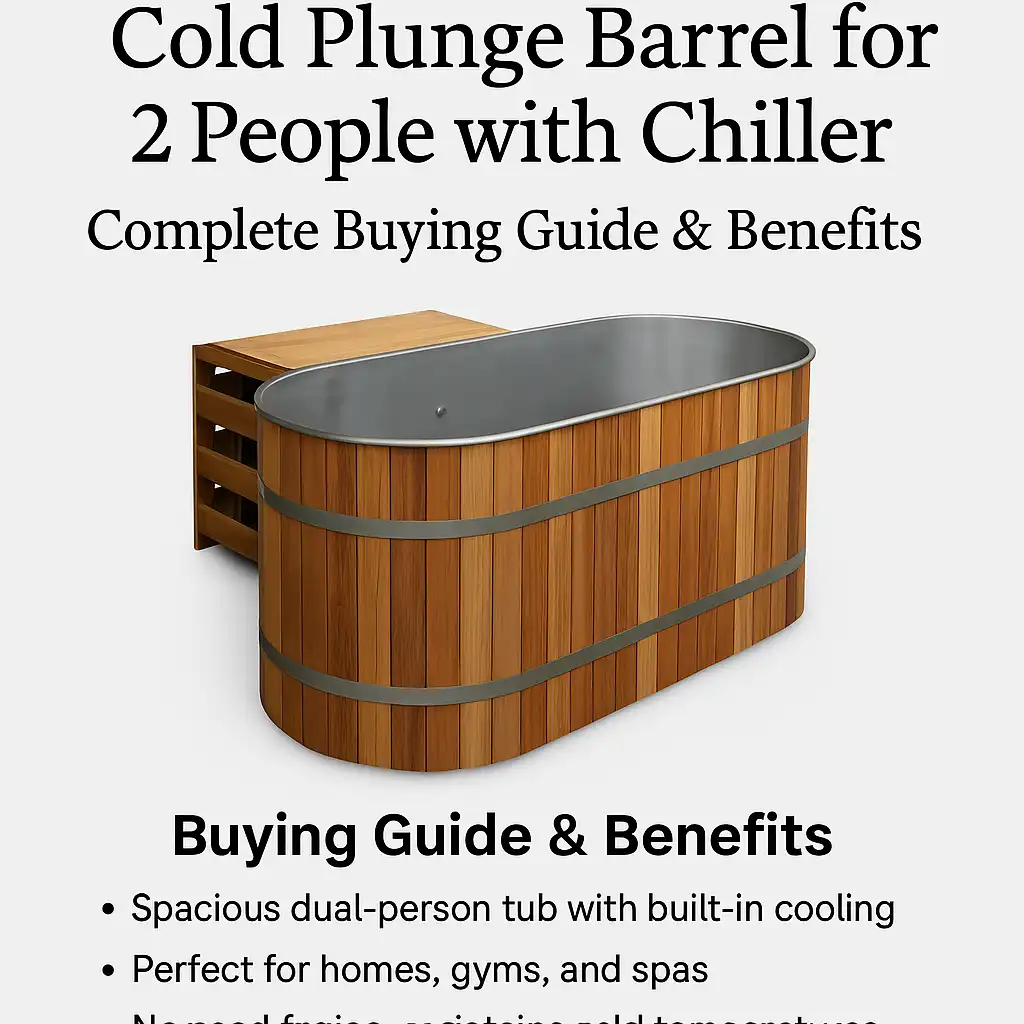Common Causes of Cold Plunge Pump Failure
Cold plunge chiller troubleshooting often starts when users encounter water flow alarm faults—one of the most common issues during daily operation. These faults usually stem from a clogged filter, airlock, or pump failure. This guide walks you through how to detect and fix these problems step by step:
1. Dirty Filter
A clogged filter can significantly restrict water flow, often triggering a water flow alarm. This usually results from infrequent cleaning or neglecting to replace the filter over time. If left unchecked, it can reduce cooling efficiency and damage the pump.
2. Airlock in the System
If air has entered the water line, the pump may lose suction power and fail to circulate water. This airlock issue is often caused by loose pipe fittings, poor installation, or improper priming of the chiller pump.
3. Internal Pump Failure
Older cold plunge systems or those lacking regular maintenance may suffer from internal pump wear. Unusual noises, vibrations, or a total lack of flow typically point to pump component failure.
Cold Plunge Chiller Troubleshooting Steps
Once you identify the possible cause, follow these detailed troubleshooting steps to resolve the issue:
🔧 Step 1: Replace the Filter & Check the Seals
Shut off water flow before beginning.
Open the filter housing, remove the old filter, and install a new one.
Inspect the filter housing seals—replace if cracked or worn.
✅ This eliminates clogs and ensures a proper seal to maintain consistent flow.
🔧 Step 2: Remove Air from the System
Check all pipe connections for tightness to avoid air leaks.
If the pump has a purge valve, release trapped air slowly.
Alternatively, power cycle the unit and monitor for restored water flow.
✅ Airlocks are a common cold plunge chiller troubleshooting issue and can usually be resolved without disassembly.
🔧 Step 3: Inspect or Replace the Pump
After powering down, check for irregular pump noises or overheating.
If internal damage is detected, replace damaged components or the entire pump assembly.
✅ If the pump is still under warranty, consider contacting the manufacturer.
Quick Troubleshooting Summary Table
| Problem Type | Cause | Solution |
|---|---|---|
| Dirty Filter | Blocked by dirt or debris | Replace with a new filter |
| Air in System | Loose pipes, airlock | Tighten seals, release air via valve |
| Pump Failure | Wear, noise, vibration | Inspect pump, replace parts if needed |
Cold Plunge Maintenance Tips
Prevent recurring water flow issues with these simple maintenance steps:
Clean or replace filters every 1–2 weeks
Tighten all water line connections monthly
Use only clean water or treated water in the tub
Run your system regularly to avoid stagnation
👉 For more technical details, refer to the ASHRAE Chiller Maintenance Guide or Grundfos Pump Troubleshooting.
Why Choose Cold Tub Chiller Equipment?
Our cold plunge chillers are engineered with advanced self-priming pumps, clog-resistant filtration, and built-in flow sensors to prevent the very issues you just learned how to fix. Designed for both personal and commercial use, they support 0°C operation and include smart controls for safe, consistent performance.
💡 Looking for a more reliable cold plunge solution?
Explore our best-selling cold plunge chiller models here.
Final Thoughts
Effective cold plunge chiller troubleshooting starts with identifying the root cause—whether it’s a dirty filter, airlock, or pump malfunction. By following the steps above, you can quickly restore water circulation and keep your cold therapy experience uninterrupted.
If problems persist after troubleshooting, don’t hesitate to contact a certified technician or reach out to Cold Tub Chiller for expert support.








